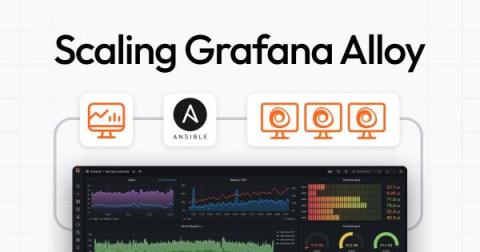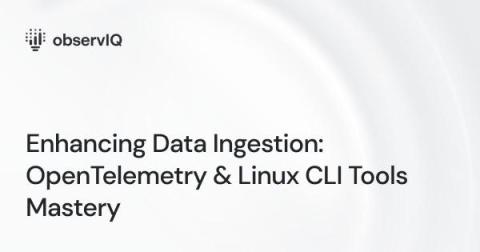A guide to scaling OpenTelemetry Collectors across multiple hosts via Ansible
OpenTelemetry has emerged as a key open source tool in the observability space. And as organizations use it to manage more of their telemetry data, they also need to understand how to make it work across their various environments. This guide is focused on scaling the OpenTelemetry Collector deployment across various Linux hosts to function as both gateways and agents within your observability architecture.











